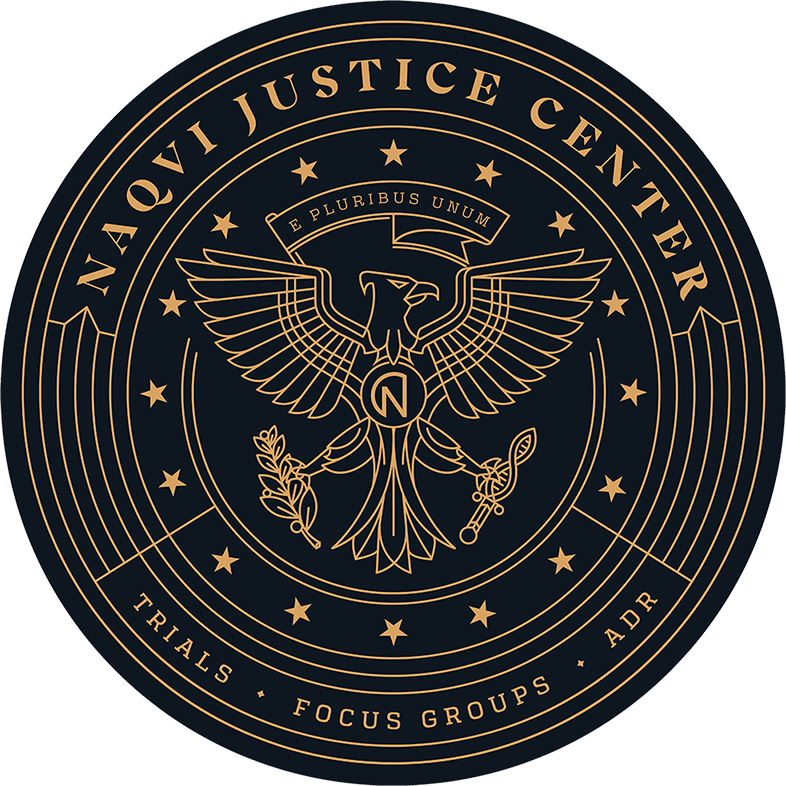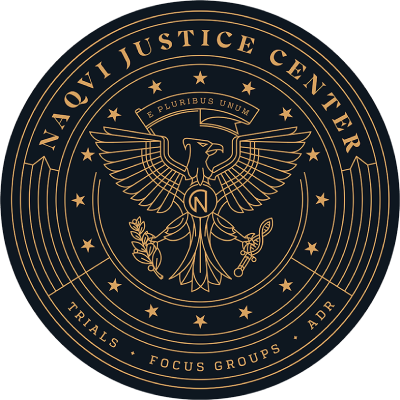After clinging to life at a nearby hospital for nearly a week, Zion Jimenez finally succumbed to the massive injuries he sustained in an earlier car crash.
Police and witnesses state that 23-year-old Jonathan Mora was driving a Nissan Altima on South Mountain Vista Street. Mr. Mora failed to stop for a Toyota Camry which was stopped on Mountain Vista as the driver prepared to turn left onto East Vegas Valley Drive. Mr. Jimenez and 20-year-old Omar Moya-Luna were seriously injured in the crash, and bystanders pulled them out of the wreckage as the vehicles caught fire. Mr. Mora fled on foot. When he is apprehended, he will face murder charges.
The Toyota driver, 62-year-old Roberto Santos, was also seriously injured.
Legal Issues in Nevada Rear-End Collisions
If one driver rear-ends another one, insurance companies and emergency responders almost always fault the rear-ender. Indeed, these drivers might even receive citations for failure to maintain a proper lookout or some other traffic infraction. At first blush, then, these wrecks appear to be open-and-shut negligence cases.
But the actual facts are sometimes more complex. In many situations, the rear-ending driver either dies or is too seriously injured to give a statement. Therefore, the accident report only contains one side of the story.
There may be legal issues as well, largely because of the last clear chance defense. Many people are familiar with this doctrine in the context of a “swoop-and-squat” insurance fraud scheme. One driver pulls out in front of another one and then suddenly slows down to induce a rear-end collision. These antics are especially common in Florida, New York, and other no-fault insurance states.
The last clear chance rule also applies in Nevada serious injury collisions. If one driver can avoid the crash, maybe by changing lanes, that driver is liable for damages if the s/he fails to take advantage of that opportunity. So, in rear-end crashes, the apparent victim may actually be the tortfeasor (negligent driver).
It’s important to point out that there is a difference between the last clear chance and any possible chance. Sometimes, emergency maneuvers are impossible because of traffic or other considerations. In other situations, the driver simply does not have enough time to react.
Options for Compensation in Las Vegas Wrongful Death Cases
When a victim dies, no amount of money can fully compensate for that loss. But compensation can assuage that grief, bring some sort of closure, and give the survivors the economic means to move on.
In Nevada and most other states, wrongful death plaintiffs are entitled to pecuniary losses, such as:
- Funeral and burial expenses,
- The decedent’s pain and suffering,
- Lost future financial support,
- Medical bills related to the decedent’s final injury or illness, and
- Loss of future emotional support.
The statute of limitations is normally two years. The two years begin running at the time of death, not at the time of an accident or a medical diagnosis.
Sometimes, the survivors may receive compensation for their own pain and suffering. Nevada has a very broad negligent infliction of emotional distress rule. In a nutshell, if a close relative witnessed the crash firsthand, that relative may be entitled to damages for emotional distress and other losses.
Connect With an Aggressive Lawyer
There may be a difference between fault for the accident and liability for damages. For a free consultation with an experienced personal injury attorney in Las Vegas, contact Naqvi Injury Law. We do not charge upfront legal fees in negligence cases.

